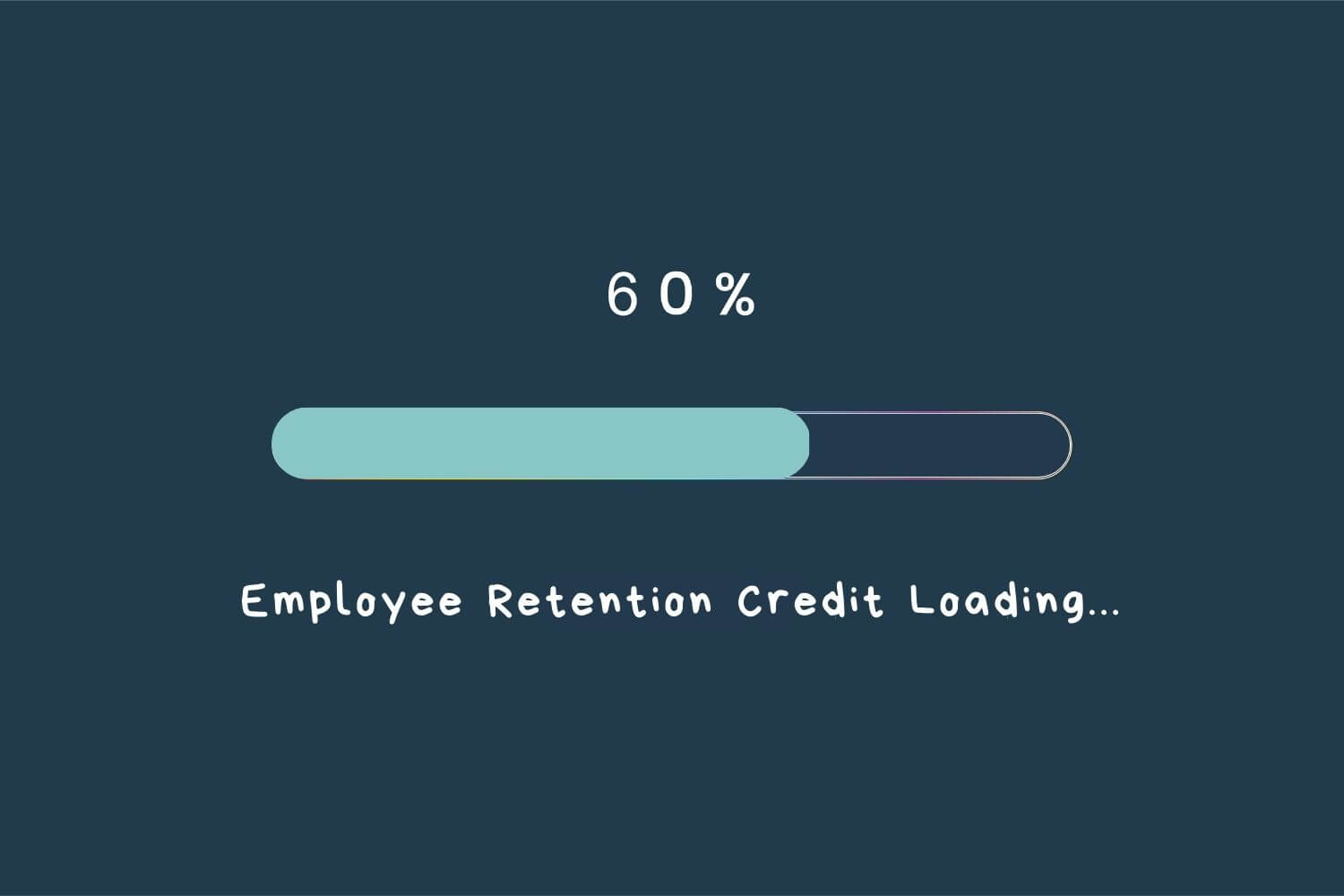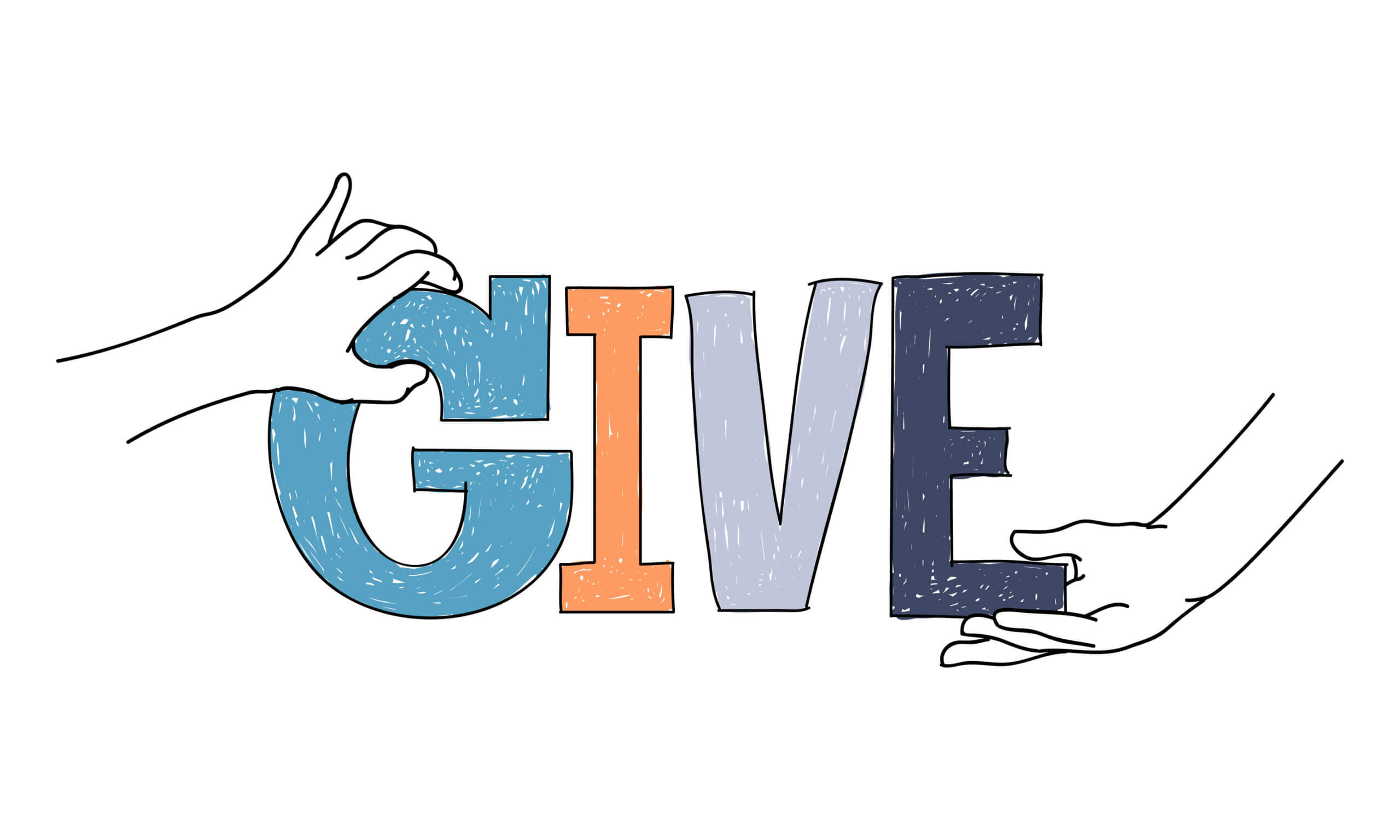It Can Be Confusing to Someone New to the Field…. To review a basic concept, the terms “Fundraising” and “Development” are not synonymous. Development refers to the process of establishing, maintaining and enhancing relationships with individuals, corporations and foundations … for the purpose of creating/maintaining a giving constituency that provides ongoing support for a nonprofit …
Finance/
Financing & Loans
This is a three-part story of a small Historical Society that embarked upon a Capital Campaign at the urging of their current President and her husband, who donated $1M for a major project. The campaign was undertaken without a Planning Study; and, in their second year of fundraising only $156,000 has been raised… $100,000 of …
This is a three-part story of a small Historical Society that embarked upon a Capital Campaign at the urging of their current President and her husband, who donated $1M for a major project. The campaign was undertaken without a Planning Study; and, in their second year of fundraising only $156,000 has been raised… $100,000 of …
(This is an email I’d received, with my comments in bold.) We are a small Historical Society that backed into a Capital Campaign when our current President and her husband donated $1M for a new vault and study center. A design and build Contractor on our Board did the best he could, without plans and …
An email noted: “Staff members at my organization seem to believe we will lose our donors if we ask them to give more than once a year. I would appreciate hearing from others on this concern.” OK. I know I’ve said this before, but the worst, absolutely the worst, thing that has ever happened to …
WISHING YOU ALL THE BEST AND HOPING YOU’RE SPENDING THIS HOLIDAY WITH PEOPLE YOU CARE ABOUT AND WHO CARE ABOUT YOU See You Next Week =-=-=-=-=-=-=-=-=-=-=-=-=-= Have you heard about The Fundraising Series of ebooks? They’re easy to read, to the point, and inexpensive ($1.99-$4.99) =-=-=-=-=-=-=-=-=-=-=-=-=-= Have a comment or a …
A recent email described changes to the structure/function of the different departments in an organization’s development office, noted that a development office should function on the basis of “what’s best for the donor,” and asked that I comment (approve/disapprove) of what was described. I responded…. I understand/accept that the structure/functioning of your organization’s development operation …







